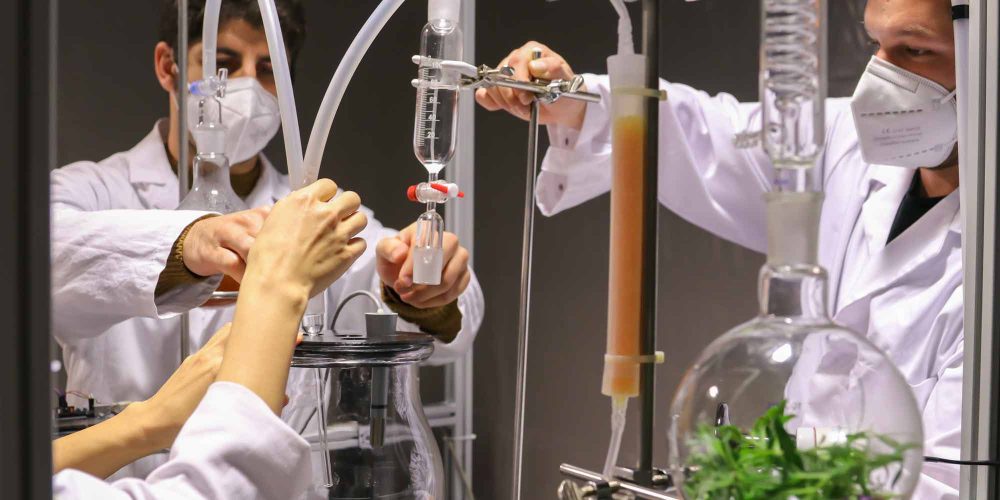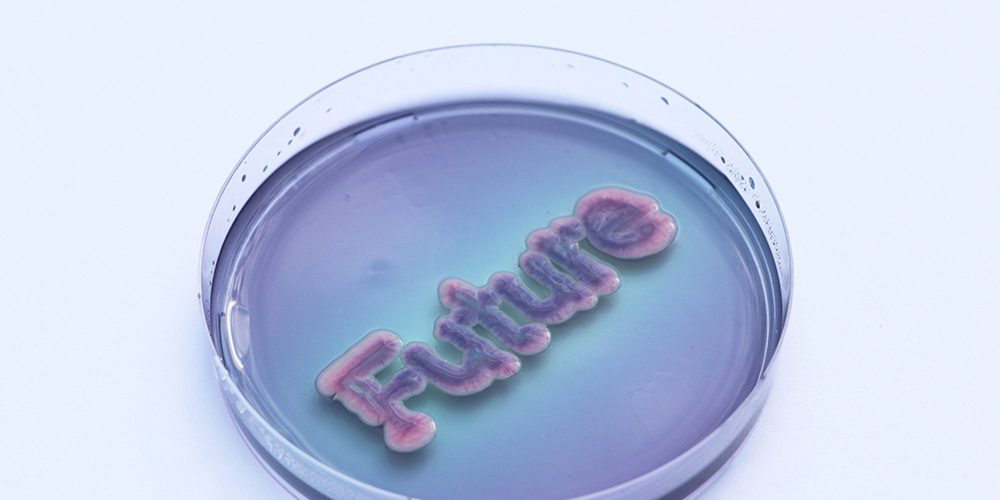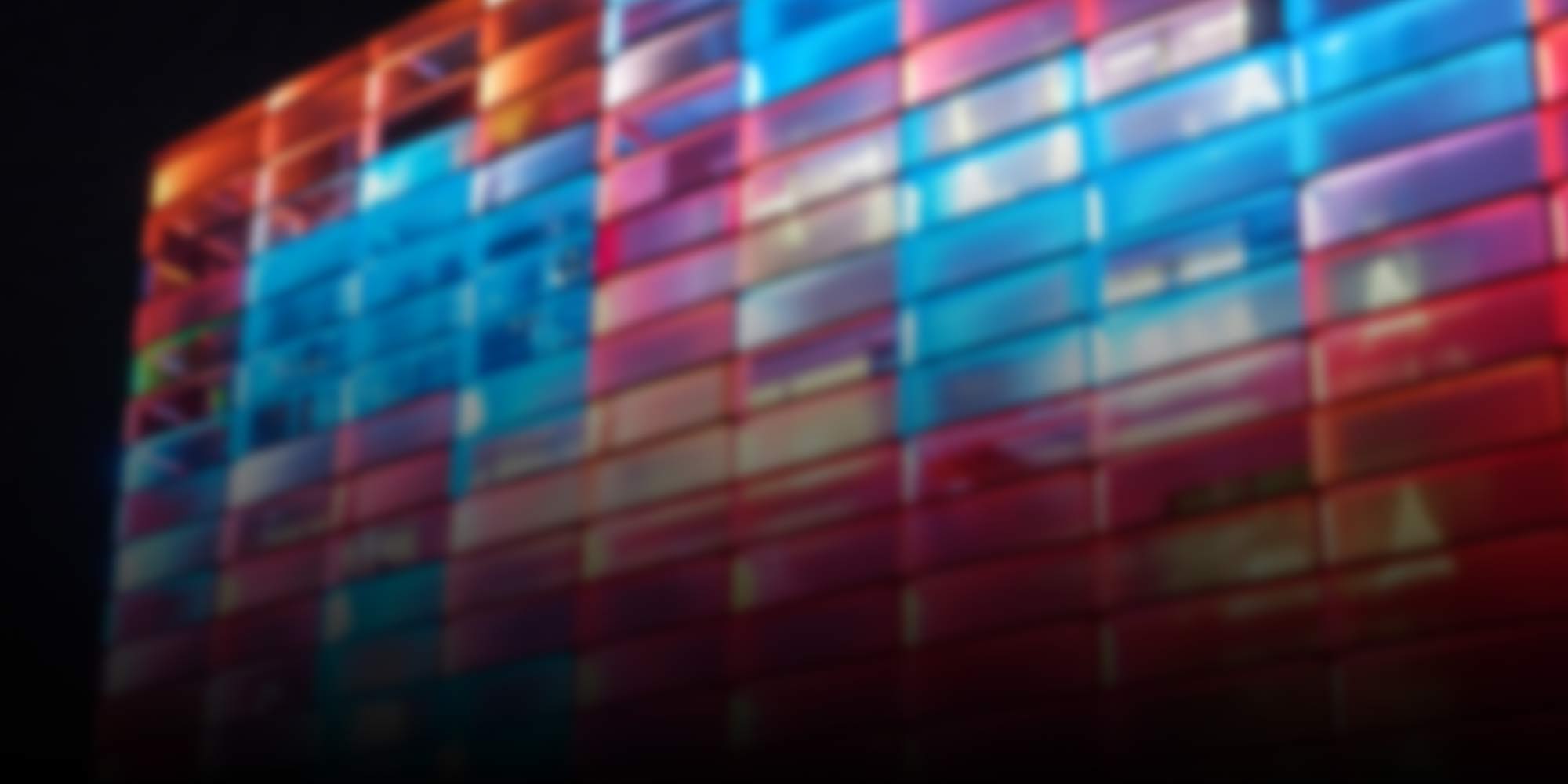
2021
-
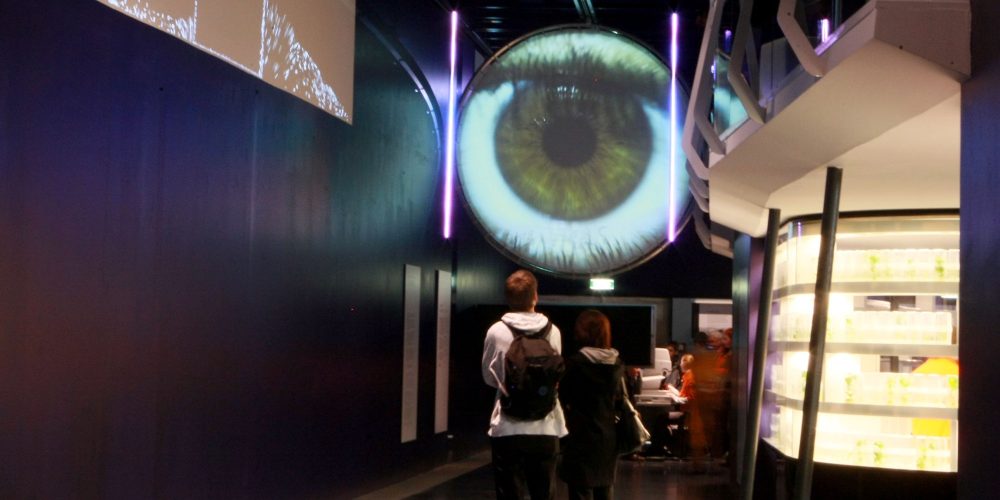
Throwback: The first Ars Electronica Labs
The new Ars Electronica Center in 2009 had not only gained more exhibition space and urban visibility, but had also used the opportunity to completely reinvent itself.
-
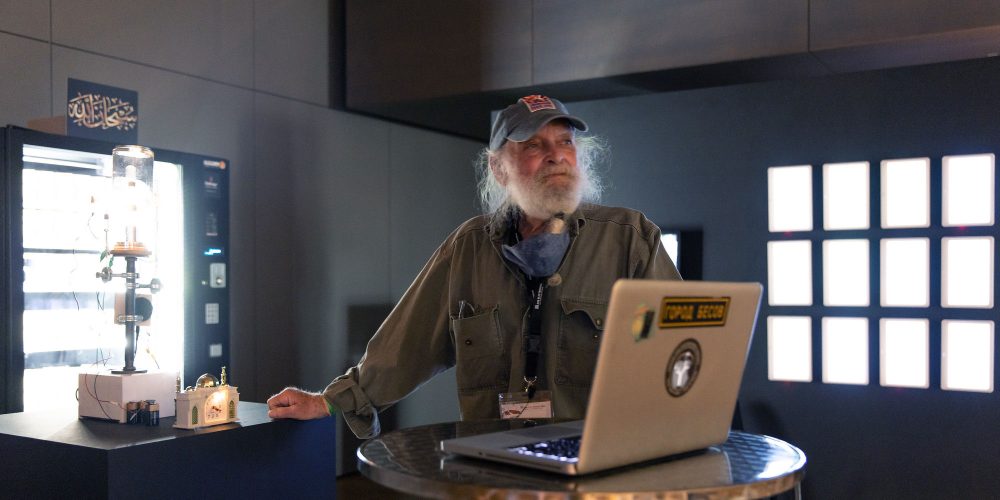
Joe Davis: In Search of Paradoxes
Just recently, Joe Davis and Sarah Khan stored 2,417 quintillion angels on the head of a pin. Reason enough to talk to the BioArt pioneer about the connection between art and science.
-
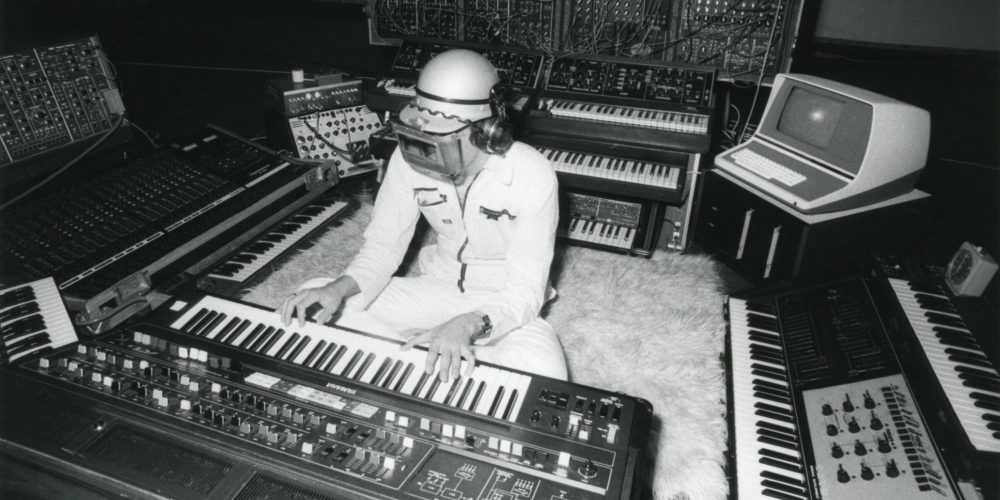
Throwback: Linz Steel Symphony
In 1980, electronic music pioneer Klaus Schulze opened the Ars Electronica Festival with a concert of live recorded sounds from the Linz steelworks voestalpine.
-
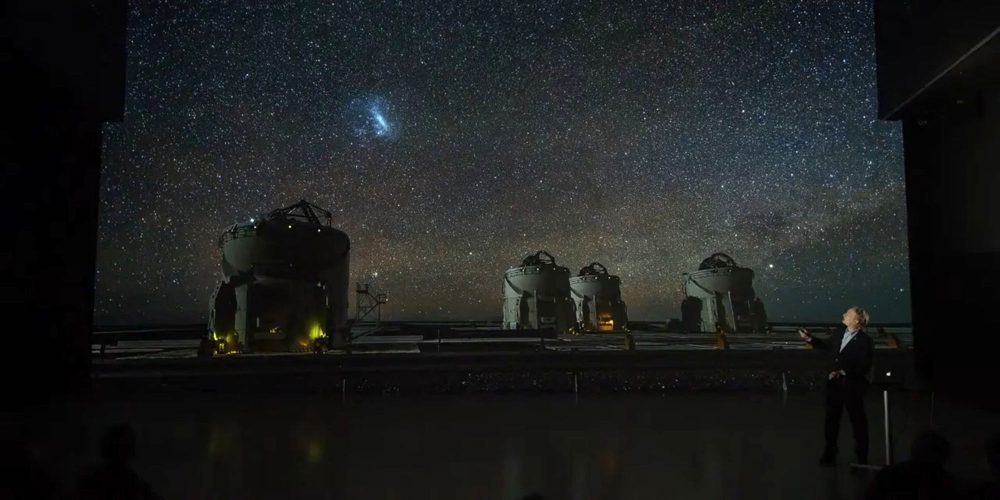
On the Olympus of Modern Astronomy
Astronomer Peter Habison provides insight into the European Southern Observatory (ESO) in Chile – the world’s most productive astronomical observatory. (German language)
-
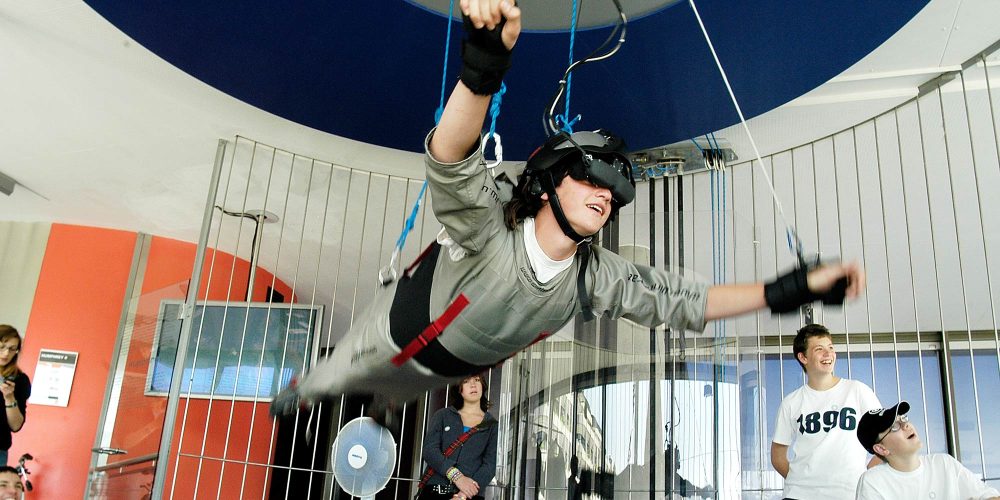
Throwback: Humphrey the flight simulator
Howering just a few meters above the lobby of the Ars Electronica Center, an installation called Humphrey promised a very special kind of experience which was connceted to a deeply human desire.
-
![[ˈdaːzaɪn] – Audiovisual Performance](https://ars.electronica.art/aeblog/files/2021/09/51443064605_0d1cf63418_o_2000x1000-1000x500.jpg)
[ˈdaːzaɪn] – Audiovisual Performance
Embedded in a technical, symbolic and metaphysical universe, the audiovisual performance [ˈdaːzaɪn] by media artists Arno Deutschbauer and Micha Elias Pichlkastner alias “Sective” immersed the packed Deep Space 8K in a reloaded atmosphere.
-

Und Ja, And Yes
Trombonist Werner Puntigam, guitarist Beat Keller and percussionist Georg Wilbertz have come together at the Ars Electronica Center to present their freely improvised chamber music miniatures.
-
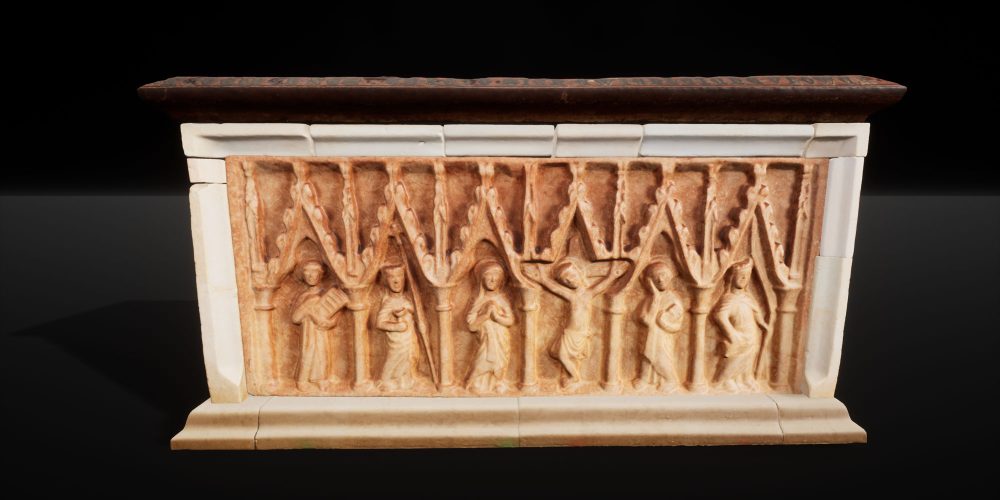
Digitization of cultural heritage
For the most recent digitization project, too, a Gothic tomb from the collegiate church of Wilhering, researchers of the Ars Electronica Futurelab successfully used the non-contact method of photogrammetry.
-
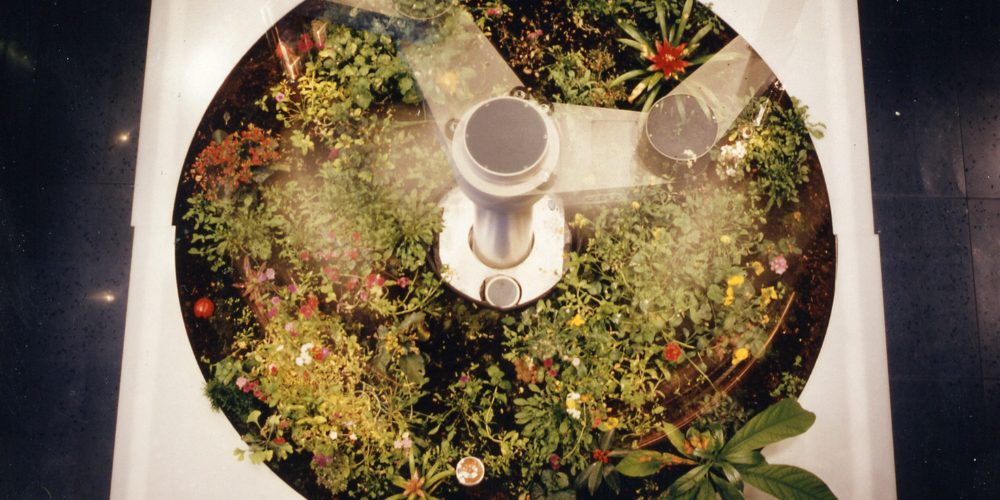
Throwback: Telegarden
The Telegarden was an art installation that allowed web users to plant, water, and monitor the progress of seedlings in a garden from a distance.
-
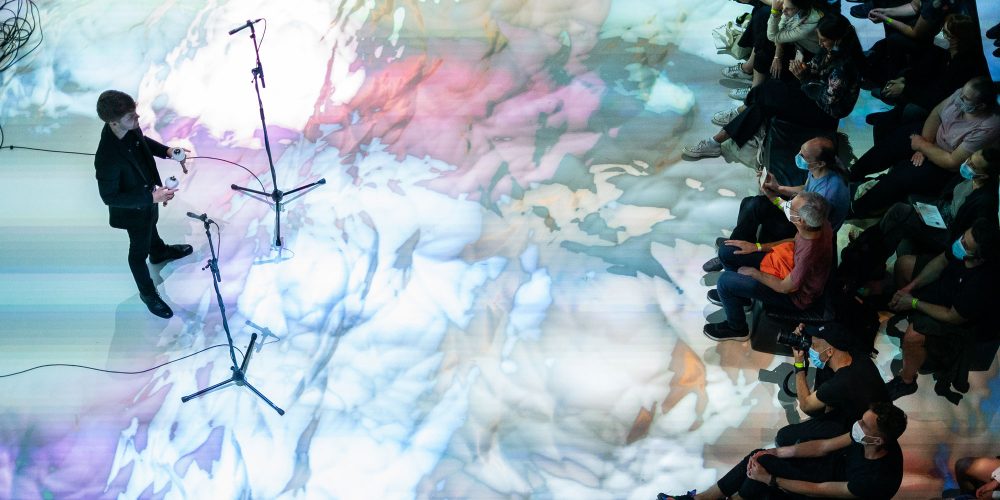
Temazcal – The art of percussion
An acoustic, visual and digital interpretation of Javier Alvarez’s “Temazcal” for maracas by percussion artist Elliott Gaston-Ross to live visuals by Florian Berger.
-
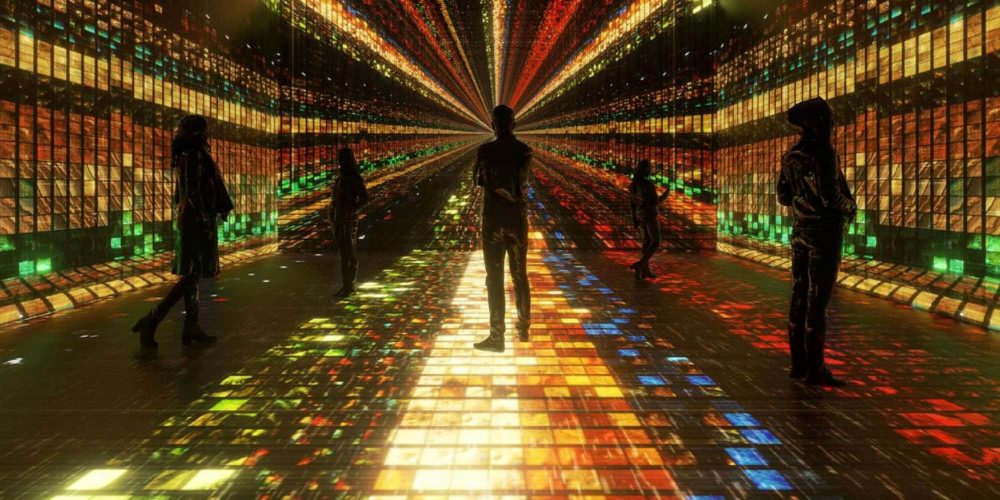
Refik Anadol: “Buildings can dream”
With his large-scale visualizations and animations, media artist Refik Anadol brings incomprehensible numbers and measurement data to life and returns them to the physical world.
-
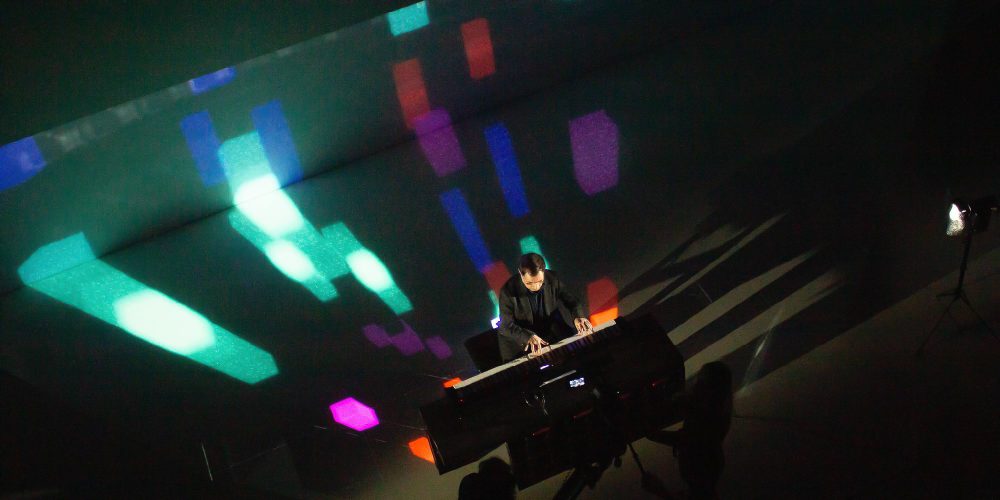
Sounding Letters – AI and human intelligence in concert
There have been many attempts to express music in words. But what happens when you transform a sequence of letters into music with the help of Artificial Intelligence?
-

Deepfake: When the Moon Landing failed
Halsey Burgundy and Francesca Panetta discovered the prepared speech for U.S. President Nixon in the archives and recreated it in a deceptively realistic way.
-
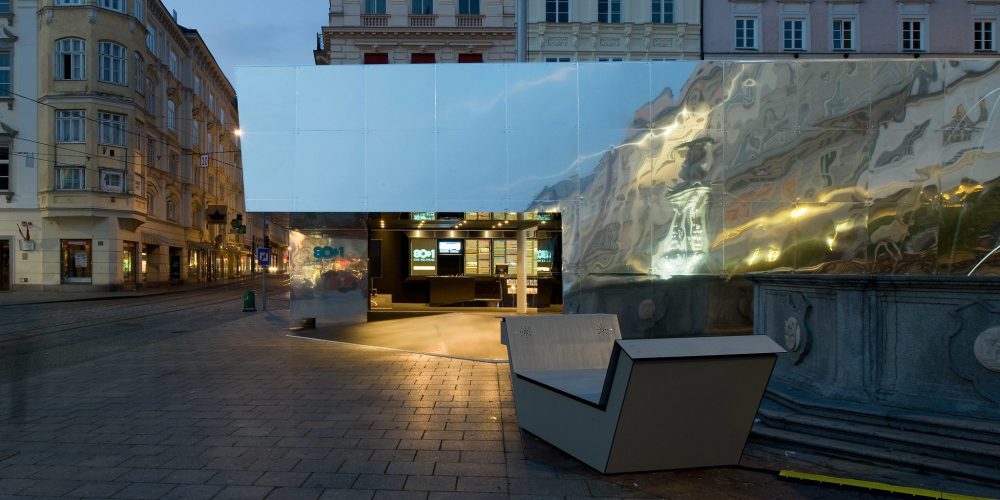
Throwback: A journey around the world in 80+1 days
On the occasion of the news about the passing of Linz09 artistic director Martin Heller, we travel back to the Capital of Culture year 2009 and take a look at the project “80+1 – A Journey around the World”.
-

When Artists make use of Artificial Intelligence
The powerful tool “artificial intelligence” is increasingly finding its way into media art. Three artists talk about how they use AI and where they see their role as artists.
-
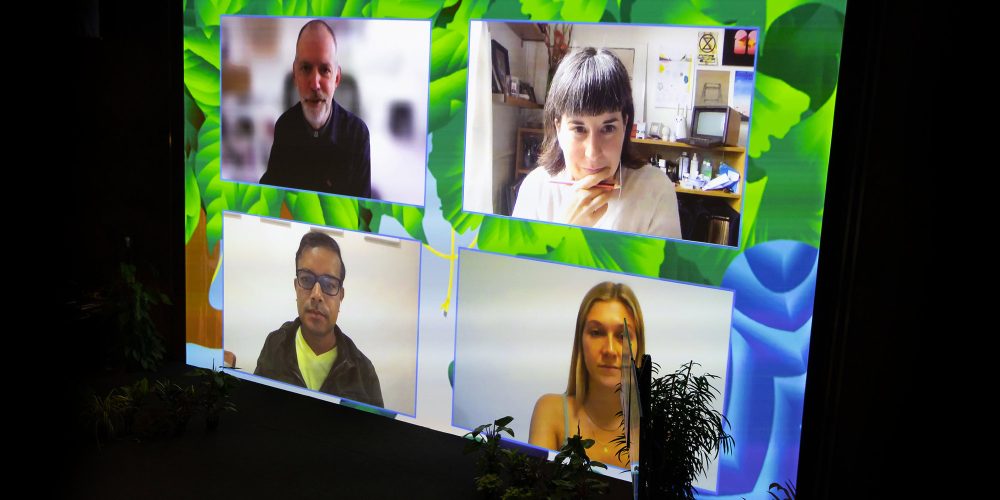
Globally connected combating global climate change
How can a global communication tool like the Internet help to mobilize even more people to act together against climate change?
-

Size Comparisons in the Universe
When it comes to imagining sizes in the universe, we quickly reach our limits. But that should not stop us from not trying.
-

Throwback: The Cloud in the Web
33 years after the very first Linzer Klangwolke in 1979, which marked the beginning of the Ars Electronica Festival, Ars Electronica got the chance to create the 2012 Klangwolke.
-

Throwbacks
In our Throwback series, we take a look back at past events, exhibitions, installations and other exciting happenings from the Ars Electronica universe since 1979.
-
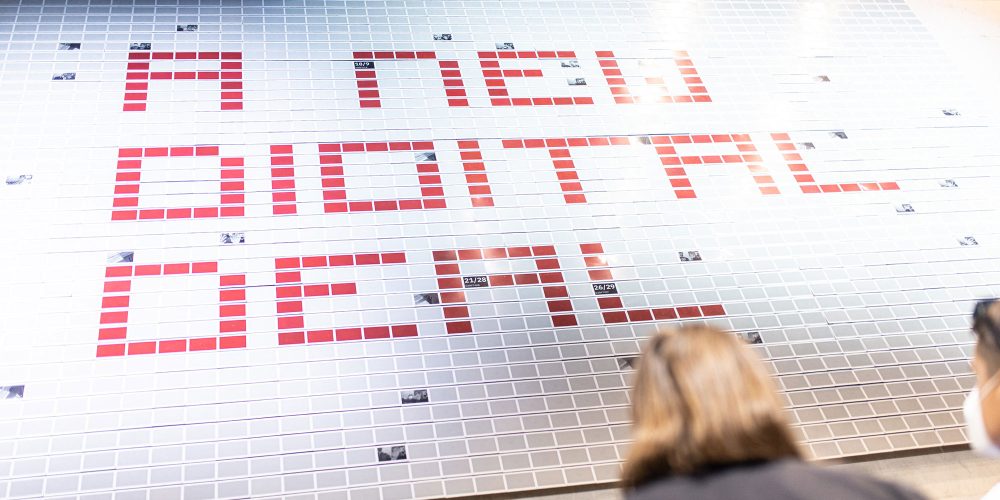
Sneak peek into the future
In this video tour of the “Alchemists of the Future” exhibition, Hideaki Ogawa takes you on an extraordinary journey into the future.
-

It’s a wrap! This was the first ArtScience Residency enabled by Art Collection Deutsche Telekom
AI, bias, listening infrastructures and art: Laura Welzenbach, Head of Ars Electronica Export, is looking back at the first year of the ArtScience Residency enabled by Art Collection Deutsche Telekom.
-

This was Ars Electronica Futurelab’s Birthday Party
On its anniversary on September 9, the Ars Electronica Futurelab celebrated the lab’s visionaries. With talks and discussions, guided tours and performances – and lots of new ideas for the future.
